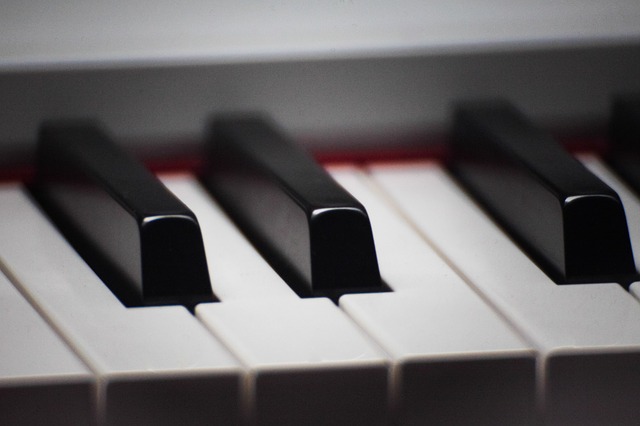

You can learn more about the Circle/Cycle here. Note that these keys are all next to each other on the circle of fifths below. It can be the I, IV or the V Chord respectively.

E occurs in the keys of E Major, B Major and A Major. When we play the first chord, E Major, there are 3 Major keys that we could be in. So what’s happening? Well, our simple progression contains a “Key Change”. You will see that none of them contain D Major, E Major AND G Major. How about the key of E Major? Well, finally we get an E Major chord, the I chord, yay! But The notes D and G aren’t in this key at all! However E is the second note and again the II chord would be minor. If we look at the Key of D Major, D is the I chord and G Major is the IV chord. The note E is the sixth note of the G Major scale so it would be a minor chord. Obviously G is the I chord, whereas D Major is the V chord. Analyzing the progressionĭ Major and G Major are both in the key of G Major. Let’s take a deeper look at the progression above to see why it works. A lot of people feel confused by this when they first start to learn music theory. You can move through different keys during a song and even borrow notes or chords from other keys. So how can that be if the chords are ‘wrong’? Well you don’t have to stay in the same key all the time. If I play that progression E – D – G – D, it sounds like this: If you want to learn about which chords occur in each key check out this post. This is because there is no Major key which contains all three of these chords.

If you’ve started to learn about music theory the following progression might seem ‘wrong’: Analyzing an example like this using the circle of fifths will help you to write your own music and ideas using this concept. Let’s take a simple chord progression and put it under the microscope.
#CHANGING MUSIC KEYS HOW TO#
Learn to convert any chord into its relative name and you can change keys at a glance.In this lesson we’re going continue to build on our knowledge of music theory and learn how to use the Circle of Fifths to change keys. We know that these are the I, IV and V chords so a blues in Bb will Bb, Eb and F. To change from one key to another you first translate the original key into relative names and then find the chords in the new key. Here's a list of all the major keys and the notes they contain. For example the key of G major has an F# in it while F major has a Bb.Įach of the step pattern represents a major scale but when we travel these same distances from a different tonic note we occasionally land on a note other than one of our natural notes. If we start from a different note and use the same step pattern we'll eventually get notes other than these, notes with a sharp (#) or flat (b) sign, the black keys on the piano. Remember that the major scale has a specific pattern of whole and half steps and that when we start from C we get C D E F G A and B, all of the white keys on a piano. So remember how a scale is just a bunch of notes and that some are close to each other and some further apart. It will also point out to you any areas that you may need to go back and brush up on. You know that if you can do this then you've nailed everything else. If you can change keys you can find chort charts online and then transpose them to the key of your instrument.Ĭhanging keys is the last lesson in the introductory theory course because it's a bit like you're final exam.


 0 kommentar(er)
0 kommentar(er)
